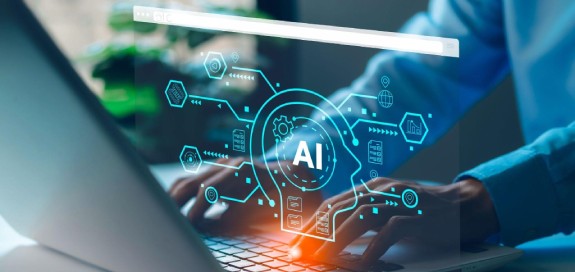Elevate the power of your work
Get a FREE consultation today!
Over the past few years, the way work gets done has changed dramatically. Today, organizations are facing new obstacles, like supporting remote and hybrid work, dealing with economic uncertainty and political unrest, the rise of AI, and more. Workflow automation can help organizations overcome these challenges, and put organizations in a better position for the future.

Over the past few years, the way work gets done has changed dramatically. Today, organizations are facing new obstacles, like supporting remote and hybrid work, dealing with economic uncertainty and political unrest, the rise of AI, and more. Workflow automation can help organizations overcome these challenges, and put organizations in a better position for the future.
Do you remember the early days of the pandemic when we all thought we would just stay home for a couple of weeks, and then life would go back to normal?
Today, we understand that things will never be the same. By now, we’ve read the words “new normal” so often that the phrase seems worn out. Still, it’s worth pausing to notice that the last few years have ushered in a wave of unprecedented changes. Organizations are dealing with fallout from COVID-19, inflation, climate change, political unrest, and natural disasters, while adapting to rapid technological innovations.
In a report on the current state of organizations, analysts from McKinsey write, “Business leaders around the world are currently addressing not only economic volatility, geopolitical instability, and the lingering effects of the COVID-19 pandemic, but also a range of organizational shifts that have significant implications for structures, processes, and people. The shifts include complex questions about how to organize for speed to shore up resilience, find the right balance between in-person and remote work, address employees’ declining mental health, and build new capabilities at a time of rapid technological change, among others.”
Faced with these challenges, leaders are looking for concrete, practical steps they can take to help their teams cope with current circumstances, while also preparing themselves for the future.
There are no easy answers. But one thing organizations can do is to deploy more workflow automation.
No matter what your job is, you almost certainly have routine tasks that you must complete regularly. These tasks probably aren’t that difficult, but they need to be done in a timely manner in order to keep your organization operational. And in some departments, like the mailroom, human resources, accounts payable and receivable, dealing with paperwork accounts for a large percentage of employees’ time.
These repetitive, manual tasks can become bottlenecks, slowing down the speed of business. They can also introduce errors, and employees find them tedious.
Workflow automation harnesses the power of technology to handle these routine tasks. It defines rules-based processes that allow computers to complete the majority of tasks without human intervention. And when unusual cases arise, it routes them through an exceptions queue, so the right person can decide the course of action.
Workflow automation has always been a good idea. By streamlining processes, it makes organizations more efficient, and frees employees up for more strategic and innovative work. And under current circumstances, automation makes more sense than ever.
Organizations in every industry are excited by the possibilities of the latest AI tools. Forrester predicts that organizations leveraging AI “will free up to 50% more time for employees to engage in creative problemsolving, driving customer-centric innovation and creating unprecedented business value.”
When it comes to workflow automation more specifically, Forrester anticipates that large language models, coordinated by autonomous workplace assistants (also known as “digital co-workers”) will power 10% of operational automations in 2024.
How will these digital co-workers be helpful? Perhaps there is no better way to find out than to ask generative AI directly. When we did, ChatGPT said it could assist with the following:
Generative AI might also assist with natural language processing, task automation, adapting workflows to changing conditions, along with data synthesis.
Get a FREE consultation today!
